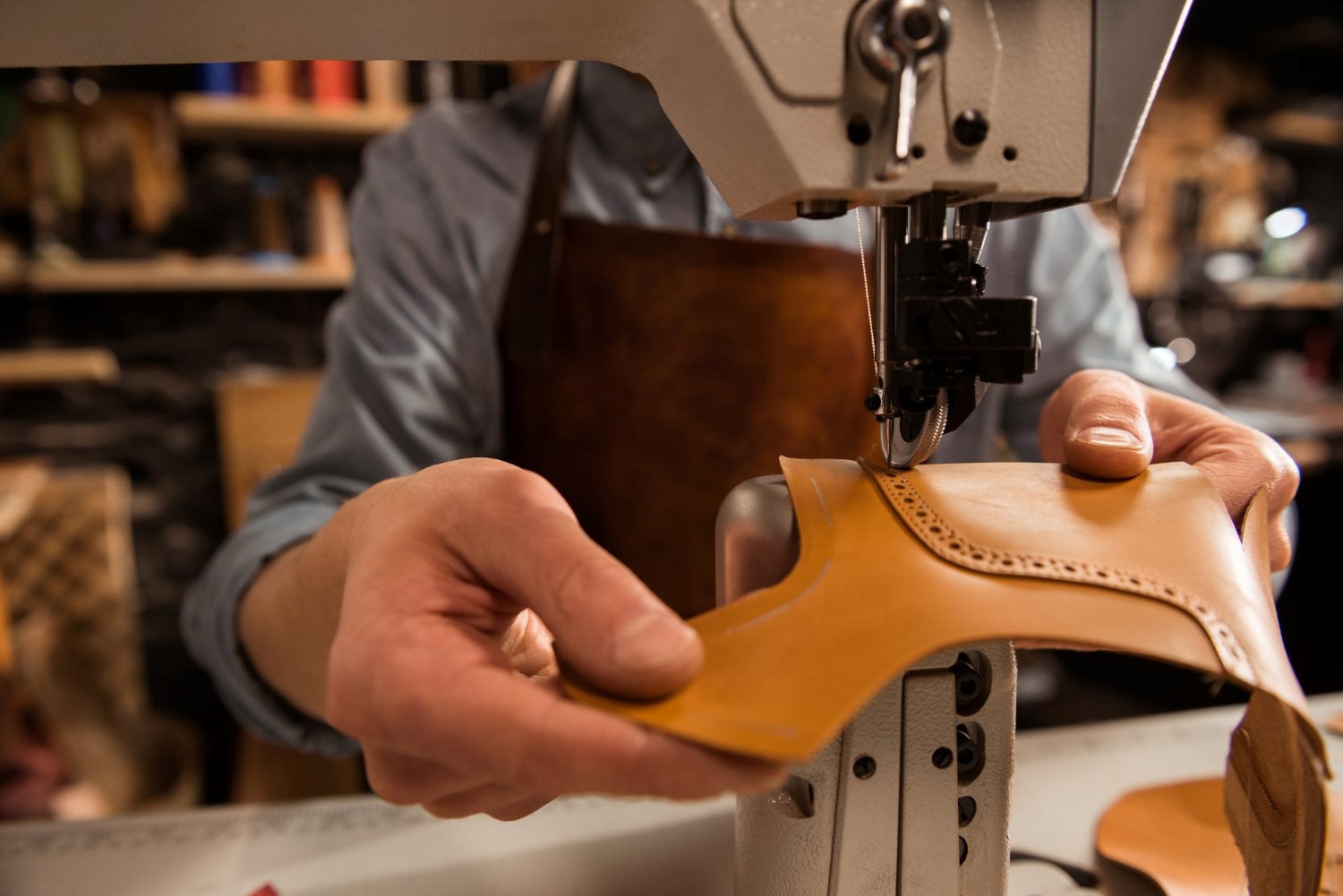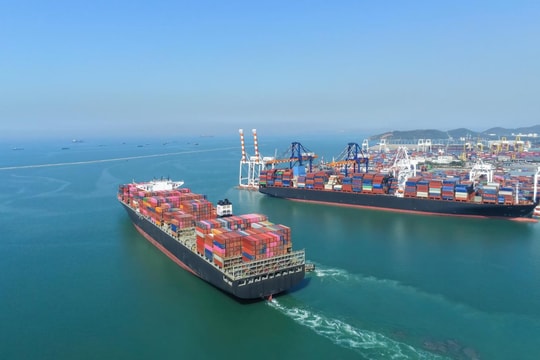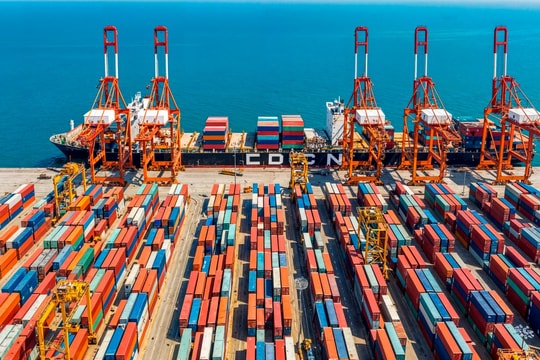Vietnam's Footwear Exports to the U.S.: A Vital Growth Driver
The U.S. is currently the largest export market for Vietnam’s footwear industry, accounting for about 30% of the sector’s total export value. In 2024, footwear export turnover to this market reached nearly USD 10 billion—an increase of more than 12% compared to 2023. The recovery of consumer demand in the U.S. after the COVID-19 pandemic, coupled with the supply chain diversification strategies of major corporations such as Nike, Skechers, and New Balance, has contributed to increasing orders from Vietnam.
Vietnam is highly rated thanks to its abundant labor force, competitive production costs, stable quality control, and flexibility in fulfilling large orders with fast delivery times. These are factors that make U.S. importers prioritize Vietnam in their “China +1” strategies.

The U.S. is not only a consumer market but also an important investment partner in the footwear sector. Many American companies have invested in factories or outsourced production in Vietnam, helping the industry improve its technological level, management capabilities, and production standards. Vietnamese businesses have also started to proactively build closed supply chains, focusing on design, materials research, and brand development to enhance value-added.
However, exporting to the U.S. is not just about quantity—it also requires enterprises to thoroughly understand market trends, consumer behavior, and increasingly complex environmental and social regulations.
U.S. Trade Policy: Emerging Challenges
As the U.S. enters a phase of trade policy shifts influenced by the "America First" doctrine and the return of the Trump administration, Vietnam’s footwear industry is facing multiple uncertainties. One of the biggest current concerns is the potential implementation of the “reciprocal import tax” policy—meaning the U.S. would apply tariffs equal to those that other countries impose on American goods.
For Vietnam, this not only affects export costs but directly impacts the competitiveness of Vietnamese footwear in the U.S. market. In fact, since 2024, many companies have undergone more stringent inspections regarding product origin, labor standards, and environmental factors in production.
Additionally, with a bilateral trade surplus reaching USD 123.5 billion—third highest after China and Mexico—Vietnam may become a target for anti-circumvention and anti-subsidy investigations. The U.S. is also intensifying supply chain audits, demanding transparency in production data, the origin of input materials, labor conditions, and greenhouse gas emission standards.

Adaptive Strategy: Turning Challenges into Opportunities
In this new landscape, Vietnamese footwear enterprises have no choice but to adapt proactively. Several large firms have begun to invest heavily in quality management systems, adopt ISO standards on environment and social responsibility, and prepare ESG (Environmental – Social – Governance) reports to enhance credibility and transparency with U.S. partners.
Investments in digital transformation, supply chain digitization, and the application of technologies such as blockchain for product traceability are already being implemented in many factories. These technologies not only help improve quality control but also support companies in meeting increasingly high standards of transparency and social accountability.
The strategy of increasing localization rates is also being promoted to reduce risks from imported materials especially from China. Some businesses have partnered with domestic suppliers or invested in the production of raw materials to secure supply chains and comply with rules of origin under trade agreements.
At the same time, participation in international industry associations, bilateral cooperation programs such as the Vietnam – U.S. Trade Conference, and government-organized trade promotion programs are also helping enterprises quickly update market information, expand partnerships, and explore new cooperation opportunities.

“Vietnam – U.S. trade relations in 2025 present a complex equation but also open many doors. For the footwear industry a sector with high export turnover and significant market share in the U.S. proactive adaptation will determine its ability to break through in the near future”.
The opportunities are real but only for businesses willing to invest long-term, strictly comply with international standards, and comprehensively enhance their competitiveness. In an increasingly demanding market like the U.S., advantages no longer lie in low prices but in transparency, responsibility, and innovation. If Vietnam’s footwear industry remains committed to this path, the door to success will not only open but remain firmly in place.



.jpg)



.jpg)
.png)












